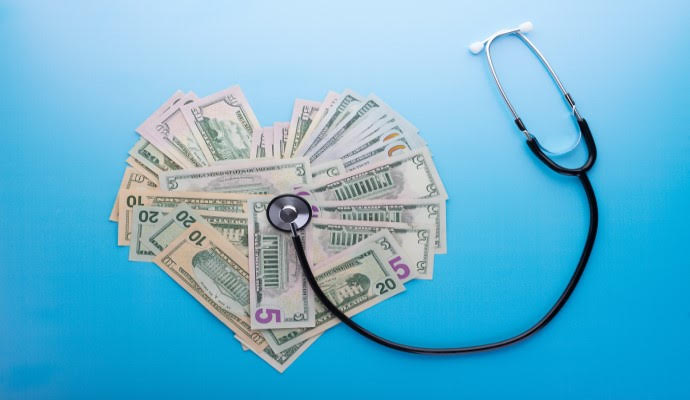
By Kelsey Waddill
May 24, 2022 – Since the No Surprises Act went into effect, the law has prevented more than two million surprise billing claims in its first two months of enactment, according to a survey from AHIP and the Blue Cross Blue Shield Association (BCBSA).
“The No Surprises Act ended the practice of surprise medical billing in most circumstances, providing relief for millions of patients who faced surprise medical bills they did not expect at prices they could not afford,” said Matt Eyles, AHIP president and chief executive officer. “Health insurance providers applaud the Administration and Congress for taking this important step. But more work needs to be done to ensure a broken bone doesn’t break the bank.”
The survey was conducted in April 2022 and covered the first two months of the No Surprises Act—January and February 2022.
AHIP and BCBSA surveyed 31 commercial health plans and group health plans, asking them to share how many claims they had received that would have resulted in a surprise bill without the No Surprises Act in place. Such claims include emergency services by out-of-network providers as well as non-emergency services and products offered by an out-of-network provider at an in-network facility.
Altogether, the survey participants represented 115 million commercial lives, more than half of the commercial market as a whole.
Based on the participants’ responses, the organizations estimated that 600,000 claims—or less than one percent of all claims—would have resulted in surprise billing without the No Surprises Act’s implementation.
AHIP and BCBSA acknowledged that this number could appear small, although avoiding surprise bills is important. However, it still exceeds the government’s projections that the No Surprises Act would result in 17,000 independent dispute resolutions each year.
Additionally, the organizations explained that claims may not have been fully processed from the first two months of the year. Claims management is a complex process that requires streamlining and can take days or even a month to complete.
Given the potential delays in processing claims from January and February 2022, the organizations placed the survey results in the context of past trends.
The researchers determined the average number of surprise bills per enrollee. Then, they used data from the US Census Bureau 2020 before the coronavirus pandemic to determine the total number of commercial enrollees.
The analysis found that the true number of avoided surprise bills could reach 2 million claims or more. If accurate, the No Surprises Act could result in over 12 million avoided surprise bills in 2022.
“There is no room for surprise medical bills in a health care system that puts people first,” said Kim Keck, president and chief executive officer at BCBSA. “As recently as last year, an emergency visit to the hospital may have left patients on the hook for steep, surprise medical bills. The No Surprises Act has not only put an end to this loophole, but it has provided undeniable financial protection to millions of Americans.”
The No Surprises Act included incentives for providers to enter a health plan network and health plans to take on an adequate number of contracts to satisfy network adequacy standards. It also instituted an independent dispute resolution practice designed to remove the burden of payment from the patient when the hospital and payer disagree on payment.
About Kelsey Waddill - Senior Editor & Multimedia Manager
Kelsey is a senior editor of HealthPayerIntelligence. She graduated from Johns Hopkins University with degrees in Writing Seminars and Film & Media Studies. Prior to joining the Xtelligent Healthcare Media team, Kelsey worked as a writer and film producer in New York City. In addition to writing and editing for HealthPayerIntelligence, she is involved in creating Xtelligent’s video and other media content. She can be reached at [email protected].